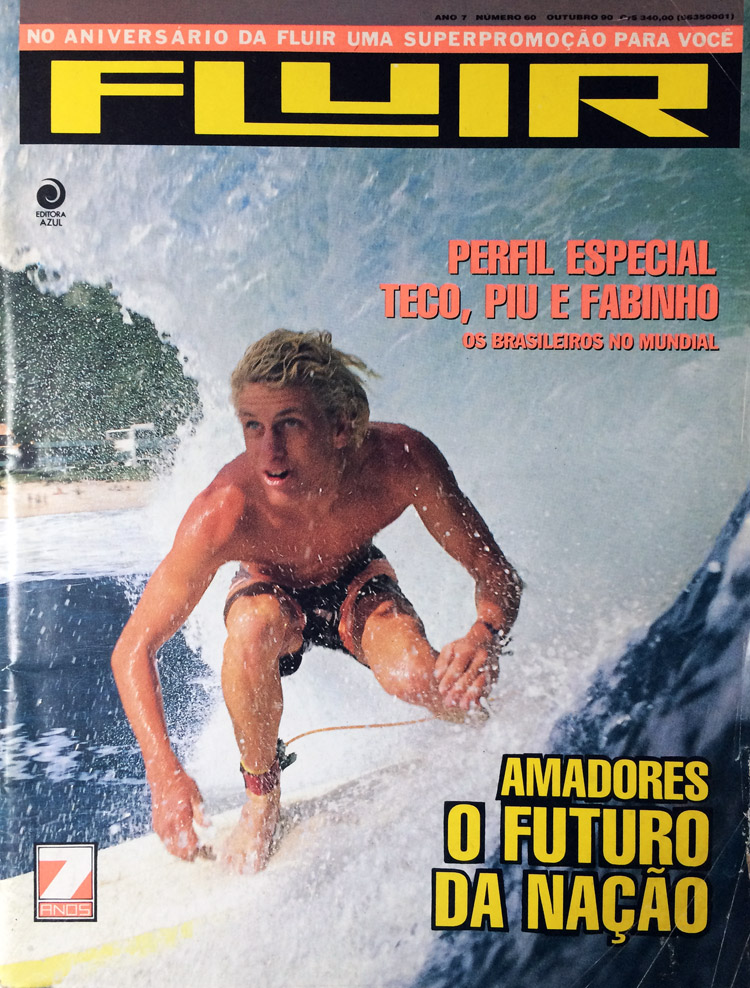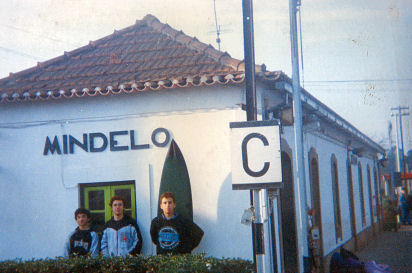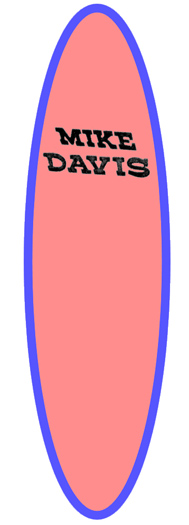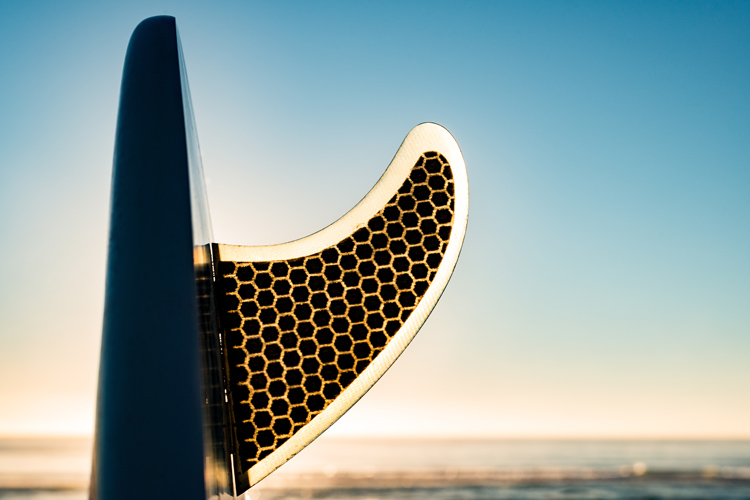I will never forget the surfboard that got me into surfing. It was not a board like the ones I see today in fancy surf shops. It was the most important object I owned in my life.
I was born in Porto, the city that gave the name to the oldest country in Europe - Portugal. Today, Porto is a trendy town blessed by the iconic Douro River and the Atlantic Ocean.
It has always been a great place to live with its history, food, wine tradition, and cultural splendor. It's a city with its own charisma and only a two-hour flight from London and Paris.
I have always enjoyed the water and the beach.
My parents have a holiday home by the sea where, between the 1980s and the 1990s, we spent endless summers that seldom lasted up to three months.
Mindelo is a place where the ocean water is relatively cold, but the skies are blue, and the warm days can only invite families to get to the beach and spend countless hours under the radiant sun.
I would say that I had the privilege to enjoy a full decade of summer parties and fun since I was six or seven years old until I joined the university in a landlocked town.
Fluir: The Magazine That Got Me Into Surfing
I was born in 1977, and I don't remember having any direct contact with watersports until the day an old friend of mine showed me a surf magazine.
The magazine in question is Fluir, a legendary surf publication from Brazil. My friend Nuno, who had bought it, took it to school and showed it to me.
On the cover, it read: "Perfil Especial: Teco, Piu e Fabinho | Os Brasileiros no Mundial" ("Special Profile: Teco, Piu and Fabinho | The Brazilians in the World Tour").

I don't know why, but I never forgot those headlines.
My memory is terrible, but those words have stood in my brain forever and helped me find Fluir's October 1990 cover nearly three decades later. "Teco, Piu, and Fabinho."
Three stars of Brazilian surfing.
The surf mag had stunning surfing pictures inside. And because there were no such things as the internet, social media, or cable TV, those images were rare and intense.
They had a high impact on the readers, I can assure you.
I remember Nuno telling me: "I'd love to try surfing. What about you? We need to get a surfboard."
But there was a small problem: back in the day, surf shops were a rare thing. Where could we find surfboards?
Although skateboarding was exploding in Porto, there were only a few surfers riding waves on the nearby beaches.
Windsurfing, a sport that was growing fast in the European markets, was "the thing."
Nuno and I decided to visit one of the two surf (windsurf and skate) shops that had opened in Porto.
The store, Top Sport, was mainly a windsurf shop but also sold wetsuits, skateboards, and a few second-hand surfboards.
But my parents were not convinced. Surfing? Isn't that dangerous? Is that even an "official" sport?
The 6'2 Mike Davis
The truth is that they didn't get me the surfboard. I had to earn it.
I bought my 6'2 Mike Davis featuring a detachable thruster fin system with the money I got after being named one of the best students in my parish.
When I put my hands on it, I already felt like a surfer.
Then, with my parent's support, I got my first wetsuit - an extremely basic Piel spring suit - and a blue Waterline rashguard.
Pretty soon, me and Nuno were riding our first surfing machines.

I never had surfing lessons. I learned by trial and error in the summer waves of Mindelo, a multi-peak beach break that receives plenty of Atlantic swells from the northwest.
The spot works in all tides and attracts surfers and bodyboarders alike. You'll get A-frame gems, punchy right-handers, and pounding shore break waves.
It's just a lovely, out-of-town surf break surrounded by untouched dunes and small rocky islets.
I remember the absence of crowds. And the no-logo, styrofoam boogie boards that sometimes appeared in the surf. And that unforgettable smell of vanilla wax.
My 6'2 Mike Davis was not a surfboard for advanced surfers. It was kind of a small beginner board. It was heavy, and its sandwich construction was similar to that of windsurfing boards.
But it provided excellent flotation and quickly helped me become a "real" surfer - a surfer who could draw a line and enjoy the ride for several seconds.
I am very myopic, so all of my teenage wave rides were highly blurred. But I never stopped surfing.
When I was back in Porto for the school season, I used to catch the historic tram that would carry me all the way to the local urban beaches.
There were no surf forecasts, surf reports, and high surf warnings.
It was all a matter of being lucky. We could get great waves or could face a flat spell. But it always paid off. It was part of being a surfer.

Later, when I was older - maybe 16 - I started catching the train that connected Porto and Mindelo. After a 30-minute journey, we would have to walk another half an hour to get to the beach.
Sometimes, we would hitchhike, and the long walk carrying heavy surfboards transformed into more time to surf.
Those were fun surfing times; the times when we had to wait for the next issue of our favorite surf magazine and when checking the surf conditions in loco always resulted in good or bad surprises.
The Search For My First Surfboard
When my surfing skills evolved, I felt the need to get my first "real" shortboard.
Unfortunately, I had to sell my beloved dawn-to-dusk gradient Mike Davies to buy my first polyurethane surfboard.
I never saw it again. More recently, I emailed a couple of friends, but no one could tell me where it is or whether it still exists as a surfboard.
I even made a sketch to illustrate how it looks. If you're reading this and own this particular board, please consider making someone very happy. I would love to buy it back.
My first surfboard changed my life. Surfing is more than just an exciting water sport. It is something that creates lasting memories.
And that's what life is all about, really.
Words by Luís MP | Founder of SurferToday.com
